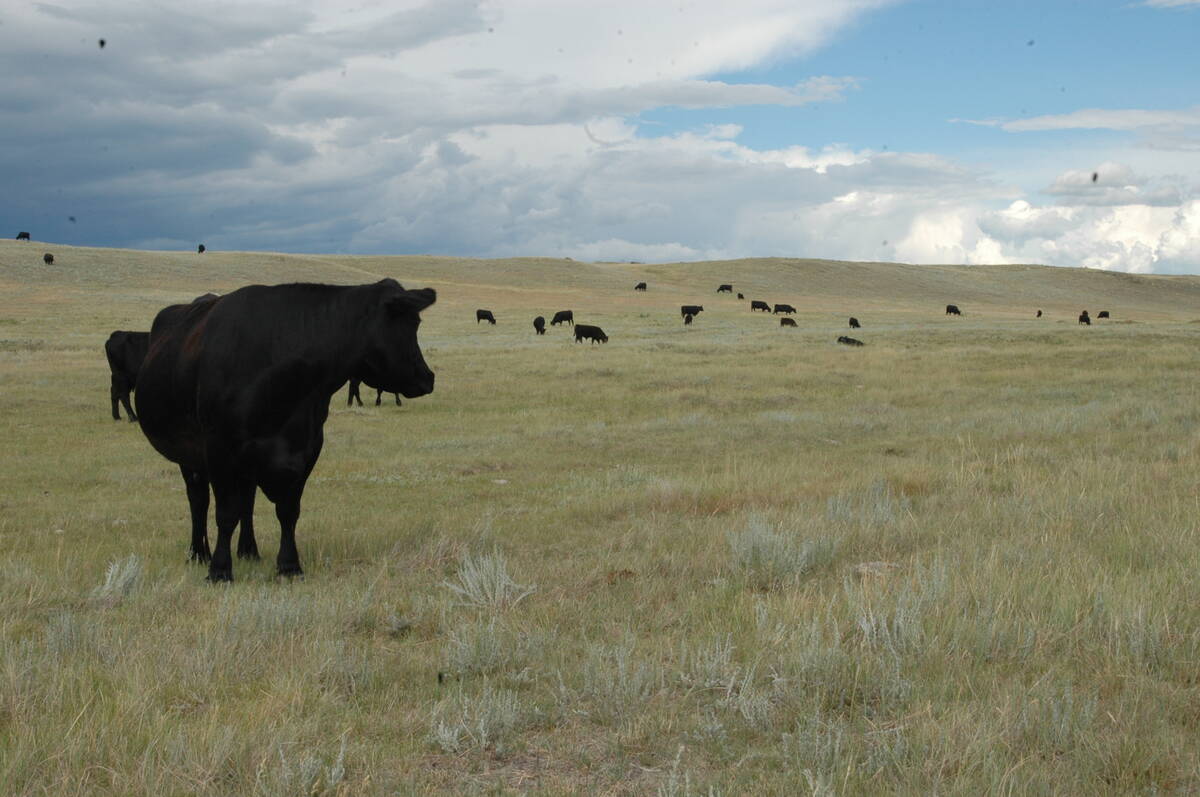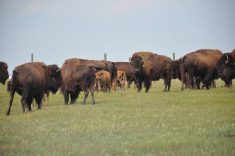The Saskatchewan government wants out of the business of livestock brand inspection.
Agriculture minister Lyle Stewart last week appointed an eight-member committee to look at industry-led options for the service currently provided by the government.
The committee, which includes representation from the Saskatchewan Cattlemen’s Association, Saskatchewan Stock Growers Association, Saskatchewan Horse Federation, Livestock Marketers of Saskatchewan and two members at large will examine brand inspection in Alberta and British Columbia, review the options and present a preferred option to the minister.
The work is expected to be complete early in 2013.
Read Also

Canadian Food Inspection Agency slammed for handling of bovine tuberculosis case
The federal government leans heavily on producers to “take one for the team” and risk their livelihoods without any reassurance of support.
Stewart said the committee will look at all options, including an integrated western Canadian approach.
“Our model is more expensive and we’re not sure we’ll break even at the increased price we’ve put on it per head this year,” he said in an interview.
“We wonder if the industry can deliver it better themselves in a model something like what is done in Alberta or British Columbia.”
Saskatchewan is charging $2 per head this year. Alberta’s Livestock Identification Services Ltd. charges $1 with a planned increase to $1.25 and B.C.’s Ownership Identification Inc. charges $6.50 each for up to four head and then $1.60 per head after that.
Stewart said if Saskatchewan can’t cover its costs, even while charging a higher fee, than something has to change.
SCA chair Mark Elford, who will co-chair this committee with SSGA president Harold Martens, said efficiencies must be found to keep costs in line.
He said as an initiative moves forward to develop a “movement document” for livestock that would be accepted across Canada, the inspection systems have to be compatible while maintaining provincial autonomy.
“LIS has done a lot of work in their high traffic areas with electronic manifests,” Elford noted.
A system that could be used in both Canada and the United States to streamline identification inspection would also be helpful, he said.
The committee will consult with producers and other stakeholders before taking recommendations to Stewart.
A legislative change would be required to transfer inspection to industry and that will take some time, the minister said.
He added he doesn’t expect a recommendation of status quo because that would be expensive. Government delivery is never cheap, he said.
According to the Livestock Services Revolving Fund annual report, for the year ending March 31, 2012, the government took in just more than $3 million in inspection fees, less $41,000 paid in commissions.
The fund also reported revenue of about $200,000 for brand registration, dealer licences, game farm inspection fees and administration.
Expenses totaled nearly $3.4 million, for a net loss of approximately $153,000.
“It’s time to cut our losses,” Stewart said.















